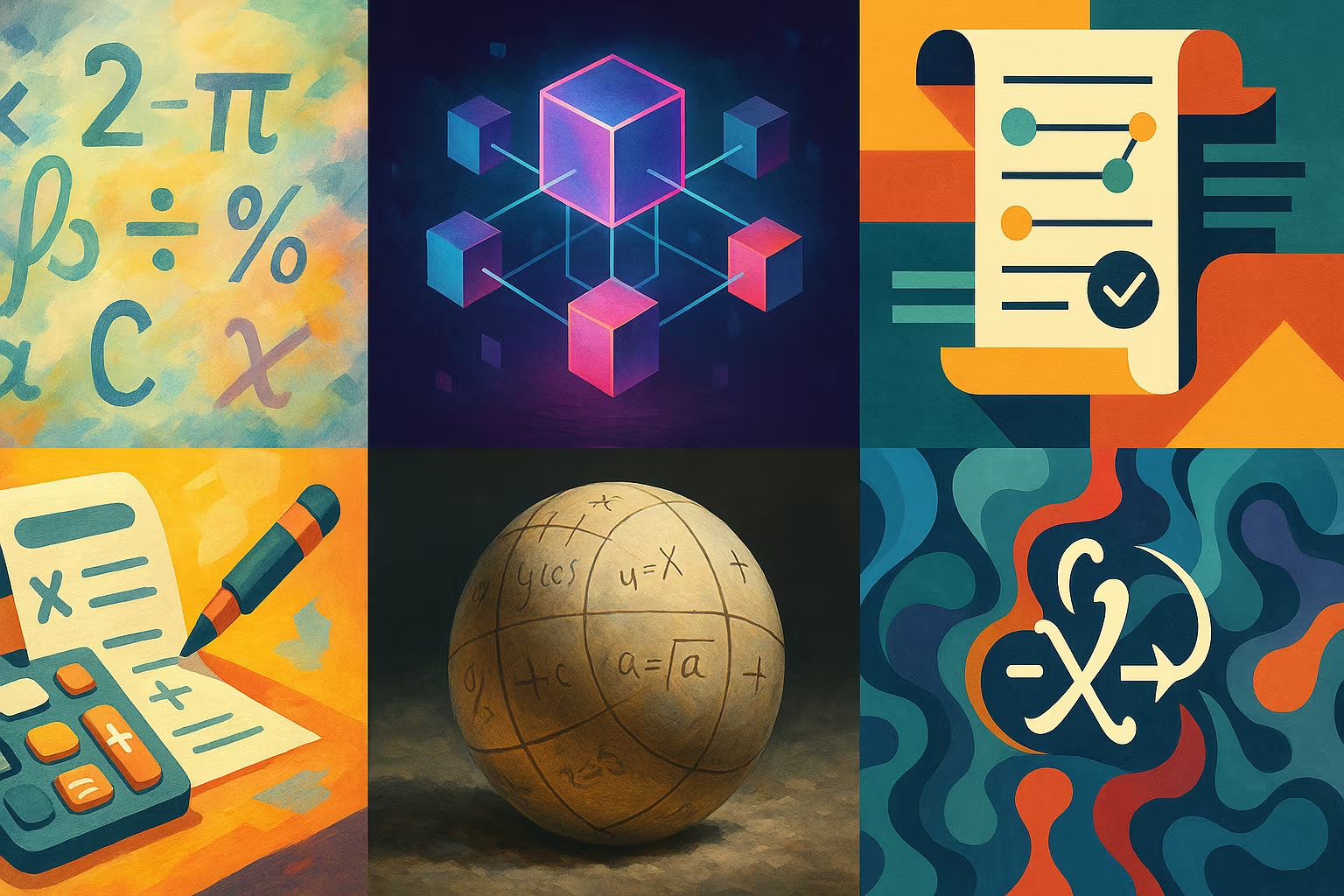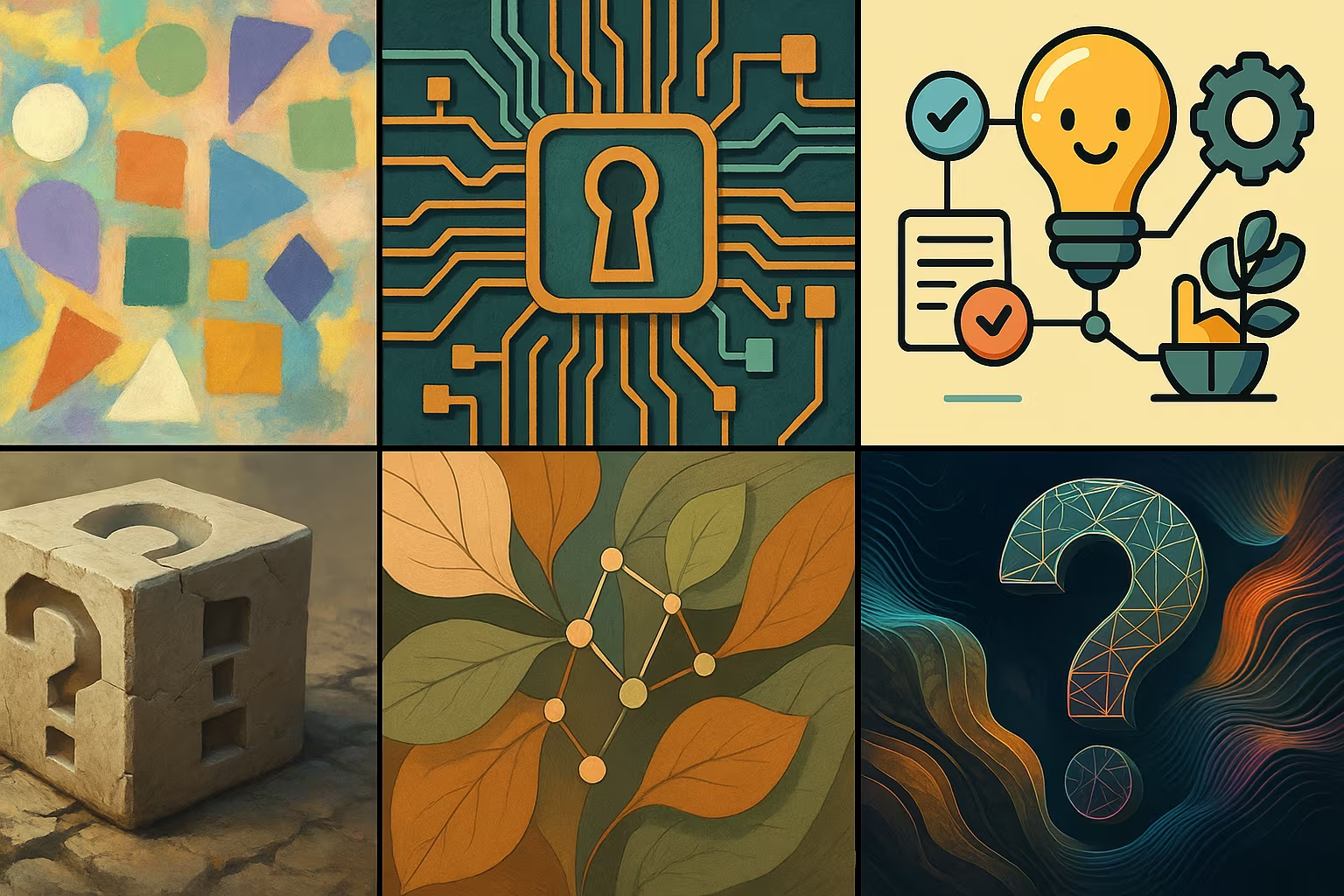DOTA (Dataset for Object Detection in Aerial Images)
DOTA (Dataset for Object Detection in Aerial Images) is a reference in the field of satellite imagery analysis. It makes it possible to automatically detect and identify complex objects visible from the sky, such as buildings, vehicles or infrastructures. This dataset is designed to meet the particular challenges of aerial imagery: variation in scale, orientation, density and shape of objects. It is widely used to train and evaluate object detection models in geospatial contexts.
Several thousand satellite images in TIFF format, with approximately 280,000 annotated objects
Usable for academic research purposes, subject to specific DOTA license conditions
Description
The DOTA dataset includes:
- Thousands of high-resolution satellite images in TIFF format
- Approximately 280,000 manually annotated objects
- 15 categories of common objects in urban or port environments (building, plane, ship, vehicle, bridge, etc.)
- Annotations in quadrilateral format (not rectangle), better suited to oriented objects
The annotations are accurate and geometrically adapted to the diversity of orientation and scale of objects, making them a realistic benchmark for Computer Vision algorithms applied to remote sensing.
What is this dataset for?
DOTA is used for:
- Training object detection models in aerial or satellite images
- Recognition of urban structures, infrastructures and vehicles
- Environmental monitoring, disaster management, or automated mapping
- Evaluating the performance of models on complex scenes with a high density of objects
Can it be enriched or improved?
Yes, DOTA can be enriched in a number of ways:
- By adding annotations for specific classes according to the field of use (wind turbines, solar panels, military equipment, etc.)
- By combining with multispectral sources to integrate thermal or infrared analysis
- By georeferencing annotations for finer integration into GIS (Geographic Information Systems)
- By increasing geographic diversity (beyond China and a few test regions)
🔗 Source: DOTA Dataset
Frequently Asked Questions
Why are objects annotated with angled polygons and not rectangles?
In satellite imagery, objects can be seen from a variety of angles and orientations. Quadrilateral annotations better match the real shape and perspective of objects, offering greater precision for models.
Can DOTA be used for tasks other than detection?
Yes, although primarily focused on detection, DOTA can be used for oriented segmentation, object classification, or spatial analysis tasks when combined with other geographic data.
Are there derivative or enhanced versions of DOTA?
Yes, several versions have been released, including DOTA-v1.5 and DOTA-v2.0, with more images, categories, and more accurate annotations. Some versions also incorporate more varied contexts such as night scenes or extreme shooting angles.






